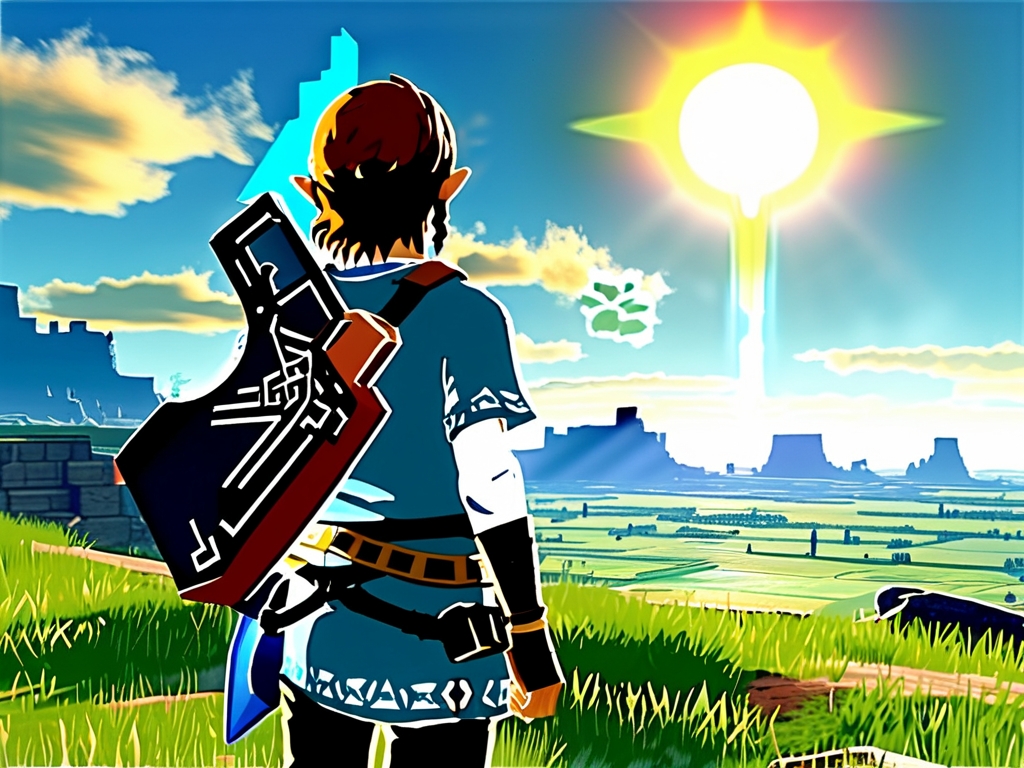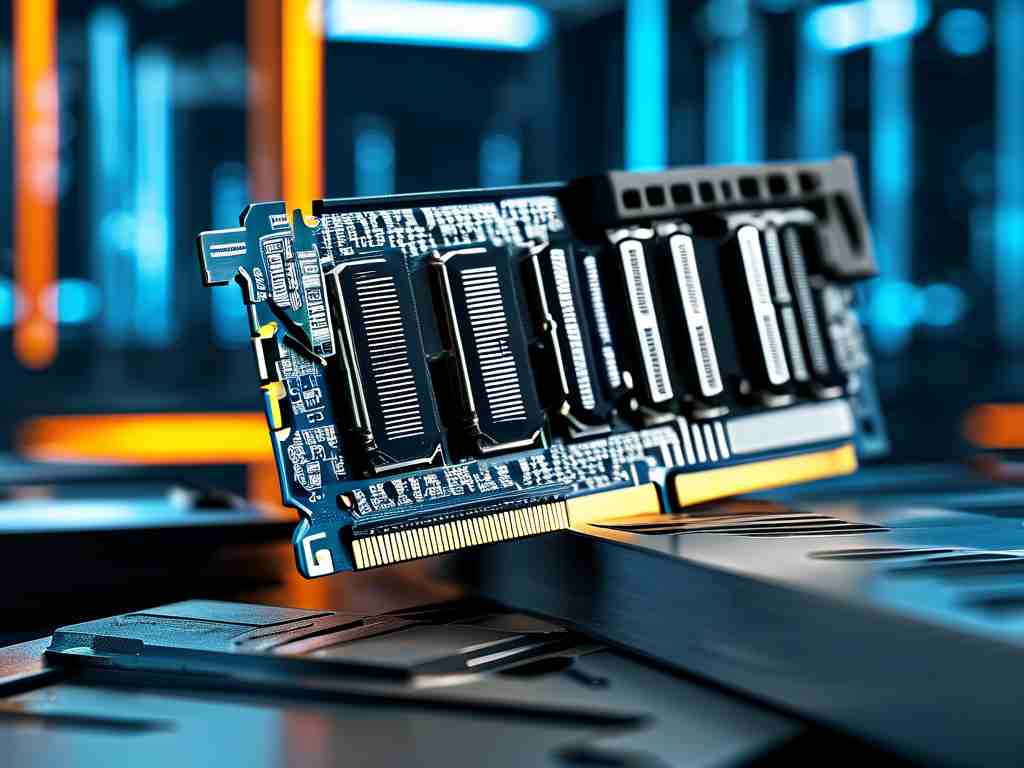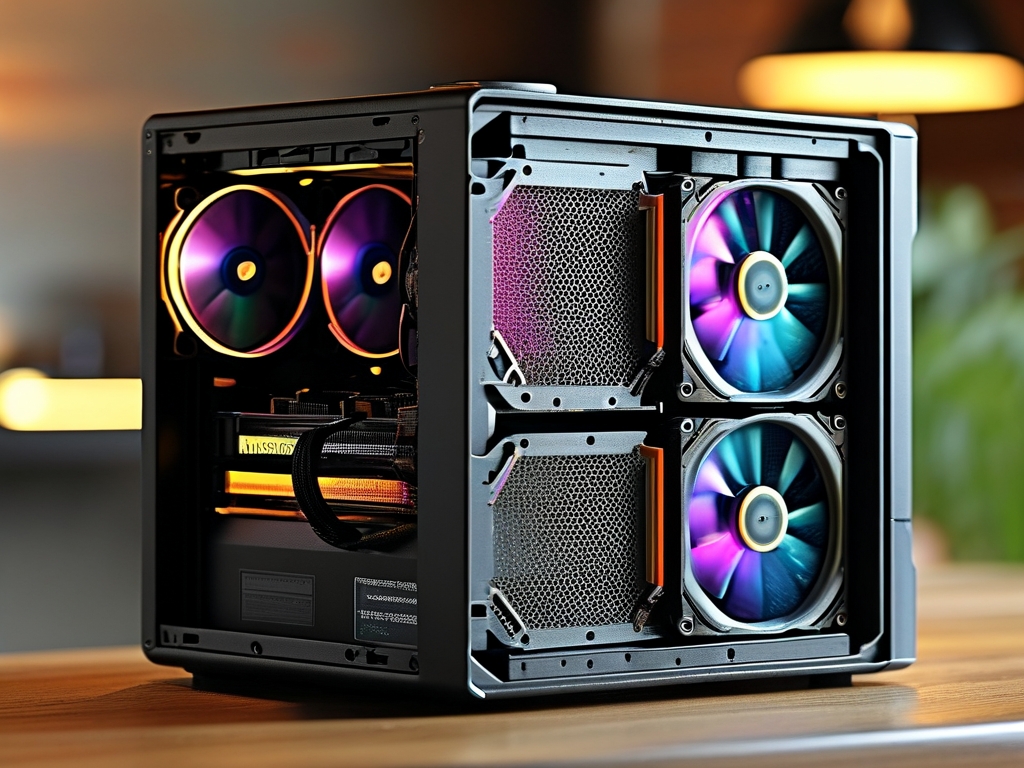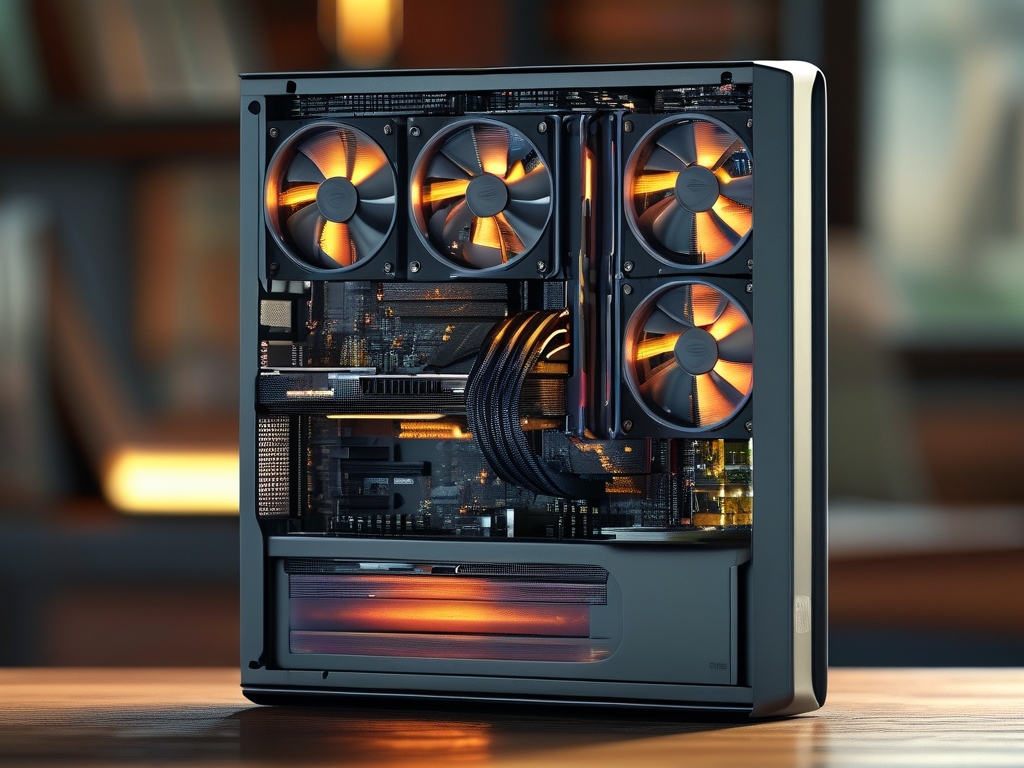Breath of the Wild's Memory Management: A Technical Masterpiece Behind the Open World

Nintendo’s The Legend of Zelda: Breath of the Wild (BotW) redefined open-world gaming with its vast, seamless landscapes and dynamic systems. However, behind its artistic brilliance lies a technical marvel: its sophisticated memory management system. This article explores how BotW’s developers optimized memory usage to deliver a fluid experience on the hardware-limited Nintendo Switch and Wii U, ensuring the game’s iconic freedom and interactivity.
The Challenge of Scale
BotW’s Hyrule is a sprawling world spanning 42 square kilometers, filled with interactive objects, dynamic weather, physics-driven systems, and real-time enemy AI. For a console with limited RAM—4 GB on the Wii U and 4 GB shared between CPU/GPU on the Switch—managing this complexity required ingenious solutions. Unlike traditional open-world games that rely on frequent loading screens or segmented zones, BotW prioritizes seamless exploration. This meant developers had to minimize memory fragmentation and prioritize critical data while keeping the game responsive.
Dynamic Resource Streaming
One key innovation was dynamic resource streaming. Instead of loading entire regions into memory, the game continuously streams assets based on the player’s location and camera direction. For example, textures, terrain geometry, and enemy models are loaded in real-time as Link moves. To achieve this, the engine uses predictive algorithms to anticipate player movement, preloading assets for areas the player is likely to approach. This reduces sudden frame drops and ensures a stable 30 FPS, even during fast traversal using systems like shield surfing or paragliding.
Additionally, BotW employs level-of-detail (LOD) optimization. Distant objects, such as mountains or forests, are rendered with low-poly models and simplified textures. As the player moves closer, higher-detail models seamlessly replace them. This approach conserves memory while maintaining visual cohesion.
Efficient Data Compression
Memory constraints forced Nintendo to adopt aggressive compression techniques. BotW’s art assets, including textures and animations, are compressed using custom algorithms tailored for the game’s art style. The cel-shaded visuals, with their bold colors and clean lines, lent themselves well to compression without significant quality loss. Similarly, audio files were optimized to balance quality and size—a critical decision given the game’s hours of ambient sounds and voice acting.
The physics engine, which simulates interactions between objects like fire, wind, and metal, also required careful memory allocation. Instead of precalculating every possible interaction, the game uses procedural rules to generate outcomes dynamically. For instance, a wooden weapon catching fire near a campfire is handled through lightweight calculations rather than pre-scripted animations.
Object Pooling and Memory Recycling
BotW’s interactivity—where players can pick up, drop, or break thousands of objects—posed a unique challenge. To prevent memory overload, the game uses object pooling. When a player discards an item, it isn’t immediately deleted. Instead, it’s marked as inactive and stored in a “pool” for potential reuse. If the player returns to the area, the object can be reactivated without reloading it from storage. This technique minimizes memory allocation spikes and reduces load times.
Similarly, the game recycles memory allocated to temporary effects. For example, smoke from a fire or splashes from water dissipate quickly, and their memory is repurposed for new effects. This ensures that transient events don’t clog the system.
The Role of the Nintendo Switch Hardware
While BotW was originally developed for the Wii U, its 2017 release on the Nintendo Switch benefited from the hybrid console’s faster memory bandwidth and optimized APIs. The Switch’s 4 GB of unified GDDR5 RAM (compared to the Wii U’s split 2 GB for GPU and 1 GB for CPU) allowed for smoother asset streaming and reduced latency. However, even with these improvements, the game’s memory management remained a balancing act. Developers had to ensure compatibility across both platforms, leading to creative compromises, such as slightly reduced draw distances on the Wii U.
Legacy and Influence
BotW’s memory management strategies have influenced subsequent open-world games, including Genshin Impact and Elden Ring, which adopted similar dynamic streaming techniques. Nintendo’s focus on efficiency over raw power demonstrated that hardware limitations need not constrain creativity—a philosophy echoed in the success of the Switch itself.
Breath of the Wild is a testament to the power of clever engineering. By prioritizing adaptive memory allocation, procedural systems, and hardware-specific optimizations, Nintendo crafted a game that feels boundless despite technical constraints. Its memory management isn’t just a behind-the-scenes feature—it’s the invisible hand that makes Hyrule’s magic possible. As gaming hardware evolves, BotW’s lessons in efficiency and innovation will remain relevant for developers aiming to push the boundaries of scale and interactivity.









